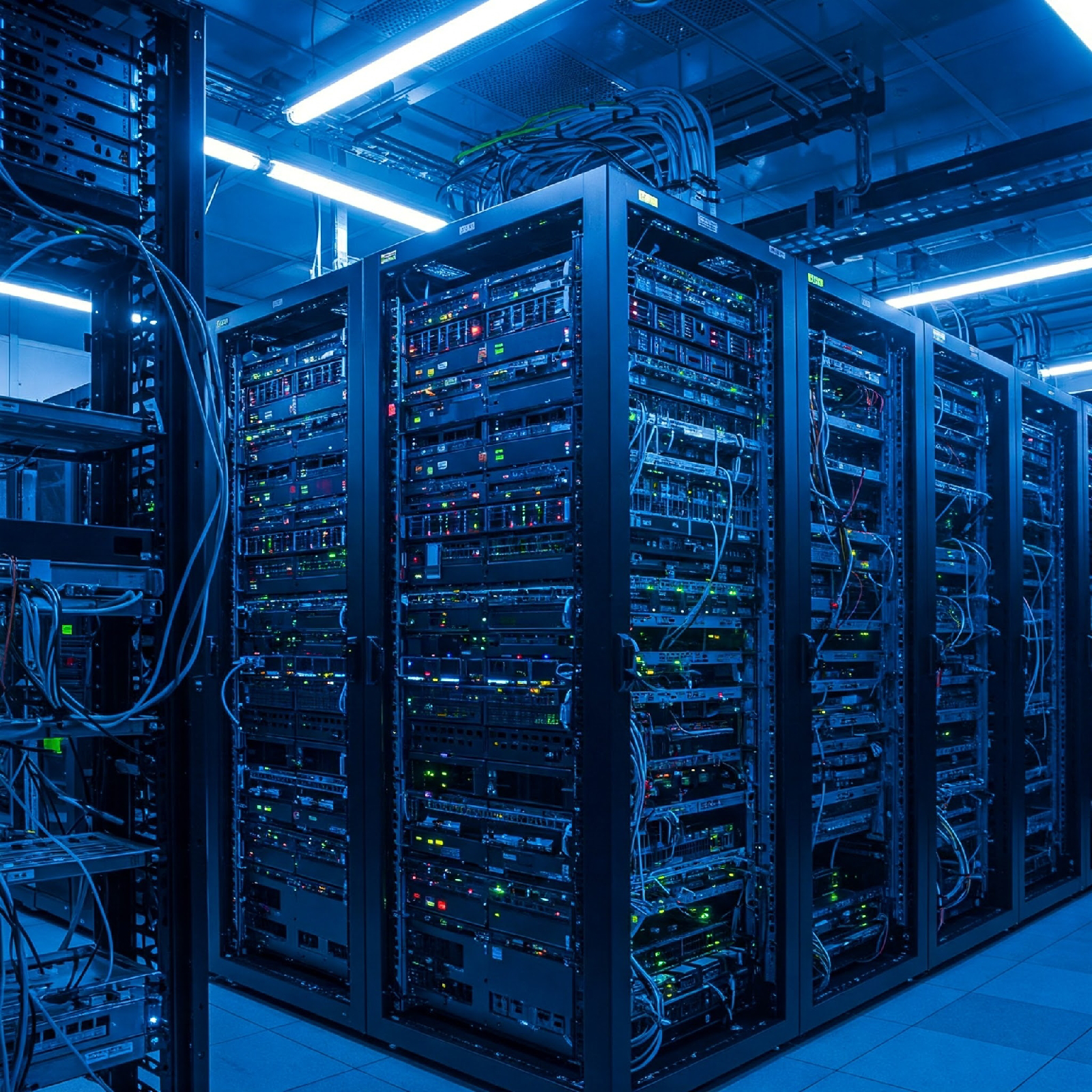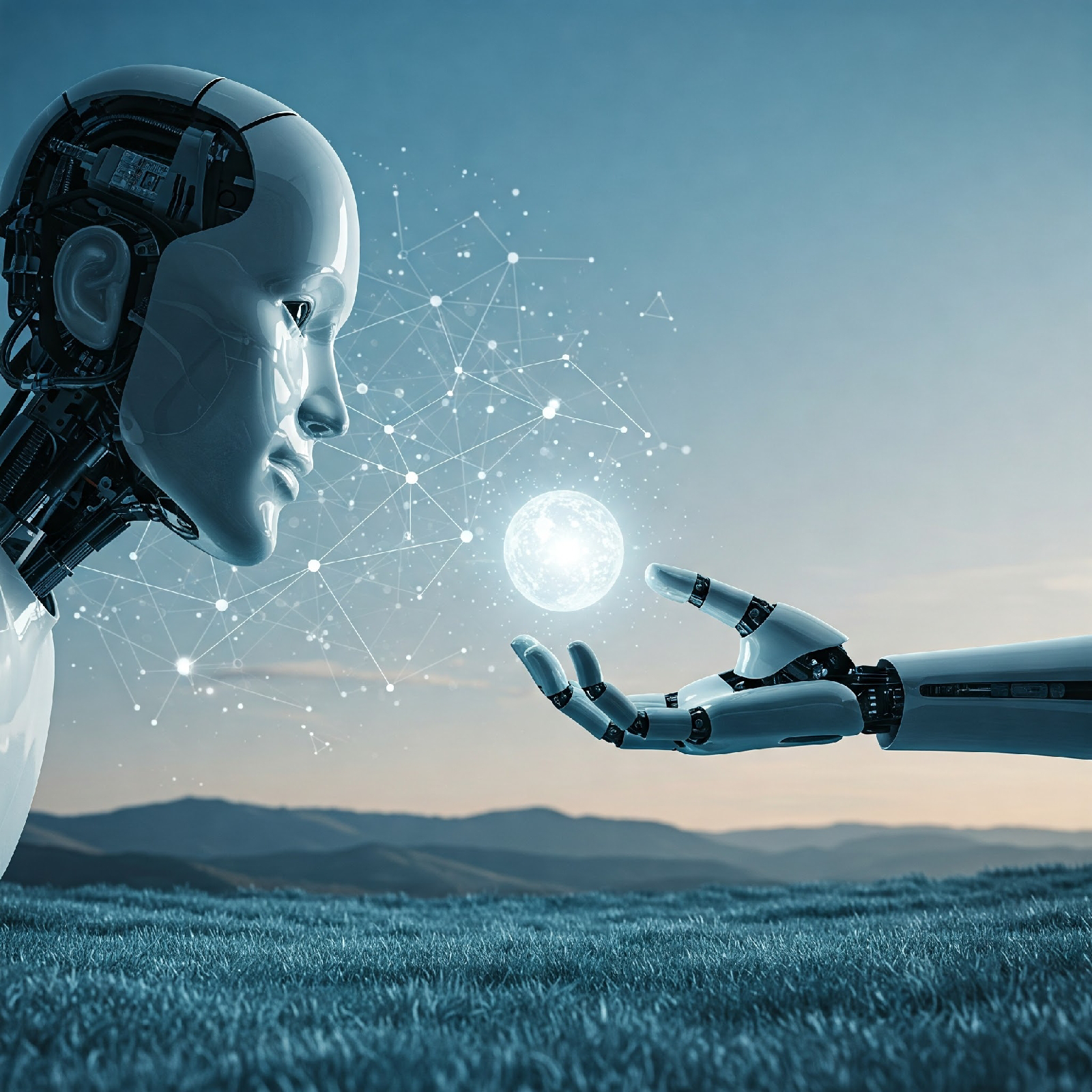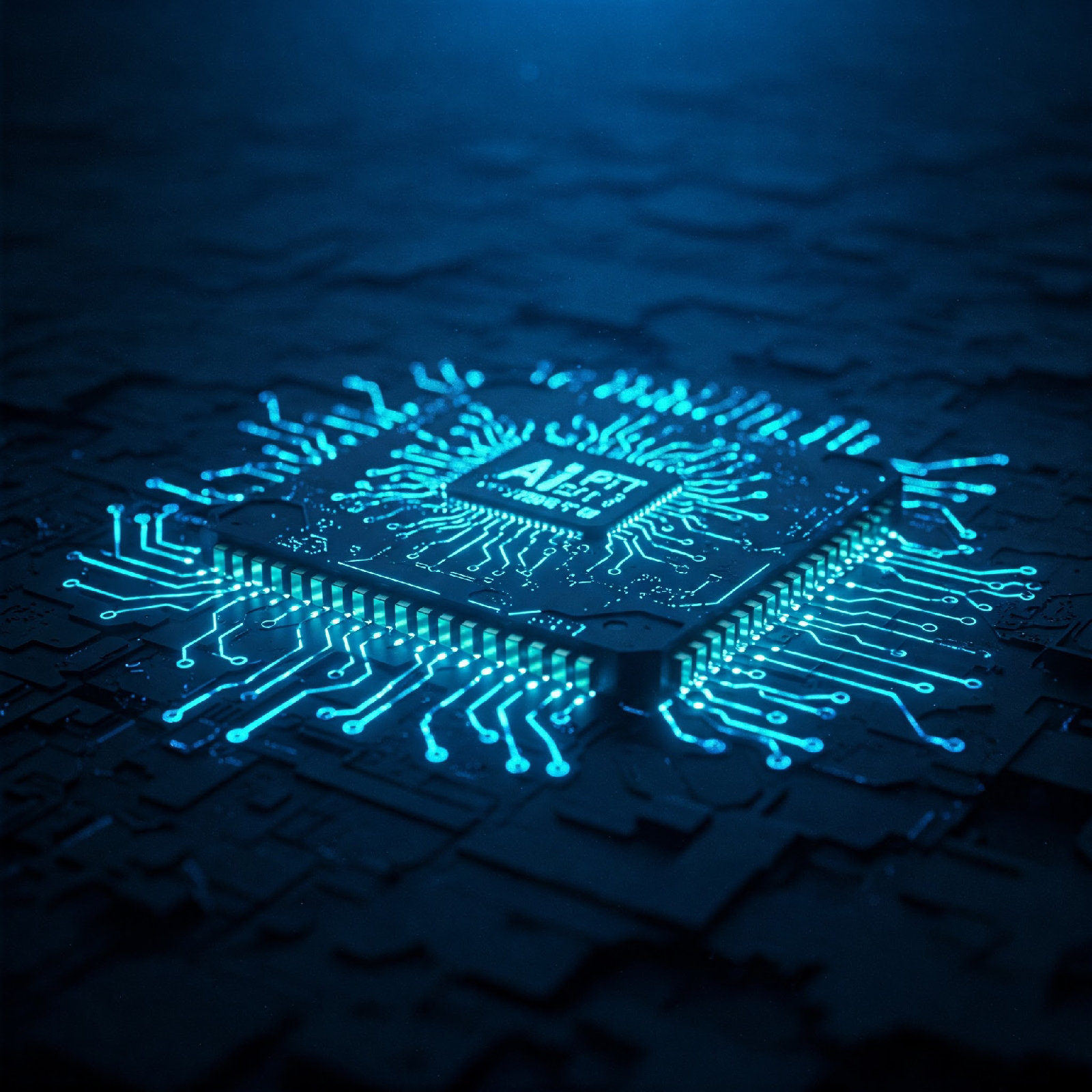AI Advancements: Understanding the Exponential Growth in Complexity and Its Impact on Society
AI Advancements: Understanding the Exponential Growth in Complexity and Its Impact on Society
Artificial intelligence is moving faster than ever. Every few months, AI systems are ready to tackle tasks twice as complicated as before. This rapid progress isn’t just exciting—it's shaping our world and changing how we work, live, and think about technology. As AI grows smarter, understanding what this rapid development means for our future becomes more important than ever.
The Speed of AI Innovation: From Incremental to Exponential Growth
The Evolution of AI Capabilities
AI has come a long way since its early days. At first, computers could only perform simple tasks. Then came breakthroughs that let AI understand language, recognize images, and even play complex games. These milestones pushed AI to new levels quickly. Today, AI systems can handle tasks that once took humans months to learn, and they keep getting better at an astonishing rate.
Measuring AI Growth: Metrics and Trends
Scientists measure AI progress by checking how well it performs at specific tasks. For example, language models like GPT have steadily improved in writing and understanding text. The trend isn’t just steady growth; it’s exponential. That means AI does twice as much, or better, in half the time. This rapid speed is what makes AI’s progress so unique.
Factors Driving Rapid AI Progress
What fuels this fast change? Key factors include better hardware, smarter algorithms, and a lot more data. Faster computers let AI learn faster. Meanwhile, new algorithms make AI more efficient and accurate. Plus, the internet and cloud computing offer massive amounts of data, helping AI understand the world better each day.
How AI Handles Tasks Twice as Complex Every Few Months
Examples of Accelerating Task Complexity
AI today is taking on jobs that were once impossible. Natural language processing lets chatbots hold real conversations, translate languages, and summarize articles. In computer vision, AI can detect objects, read facial expressions, and even identify specific people. It’s also making strides in strategic thinking, like playing chess or managing robotic tasks in factories.
Case Studies Demonstrating Rapid Advancement
OpenAI’s GPT models are a perfect example. Each new version can write more naturally, understand context better, and generate more useful responses. DeepMind’s AlphaFold can predict how proteins fold, which helps scientists develop medicines faster. Autonomous cars now see and interpret the environment more clearly than ever, thanks to advanced perception systems.
Implications of Increasing Task Complexity
The leap in AI skills means less time and fewer resources are needed to teach AI new tasks. It opens doors to industries once thought too complicated for machines—like healthcare, engineering, and creative work. This rapid growth is pushing AI beyond simple automation into true problem-solving power.
What Exponential Growth Means for Industries and Society
Transforming Business Operations and Productivity
As AI grows smarter, companies can automate complex jobs quickly. Supply chains get optimized, customer support becomes faster, and manufacturing ramps up efficiency. Plus, AI-powered insights help leaders make smarter decisions faster, giving businesses an edge in a crowded market.
Ethical and Regulatory Challenges
All this progress brings worries, too. AI can reflect societal biases, make mistakes, or act in unfair ways. Questions about who’s responsible when AI fails are more urgent than ever. We need new rules and clear standards to control how AI is used, especially when its decisions affect lives.
Workforce and Employment Impacts
Many jobs may change or disappear as AI takes on more complex work. But at the same time, new roles are emerging—especially in AI creation, oversight, and ethics. Preparing workers with new skills becomes critical as automation reshapes the job market.
Public Safety and Security Considerations
AI’s power can be abused. Hackers could use AI for cyberattacks, or malicious actors might develop AI-powered weapons. That’s why developing safety rules for AI use and ensuring systems are secure is crucial for protecting everyone.
Preparing for a Future of Rapid AI Progress
Actionable Tips for Businesses
Businesses should start teaching employees about AI. Investing in training helps people stay relevant as AI takes over more tasks. It’s vital to be transparent about how AI makes decisions and to use it ethically.
Recommendations for Policymakers
Regulators must create adaptable rules that keep pace with AI’s fast changes. Supporting research in AI safety and setting clear guidelines helps avoid future problems. Keeping lines of communication open with tech companies is equally important.
Guidance for Researchers and Developers
Those building AI should focus on making systems understandable and fair. Collaboration across fields—like ethics and engineering—can help reduce risks. Transparency in how AI works builds public trust and helps identify issues early.
Conclusion
AI’s ability to handle tasks twice as complex every few months shows its exponential growth. This rapid progress opens new doors but also raises important questions. We need to be ready—by learning, adjusting regulations, and staying cautious. Embracing AI with a clear plan ensures we maximize its benefits while managing its risks. Staying informed and prepared today shapes a smarter, safer future for everyone.










